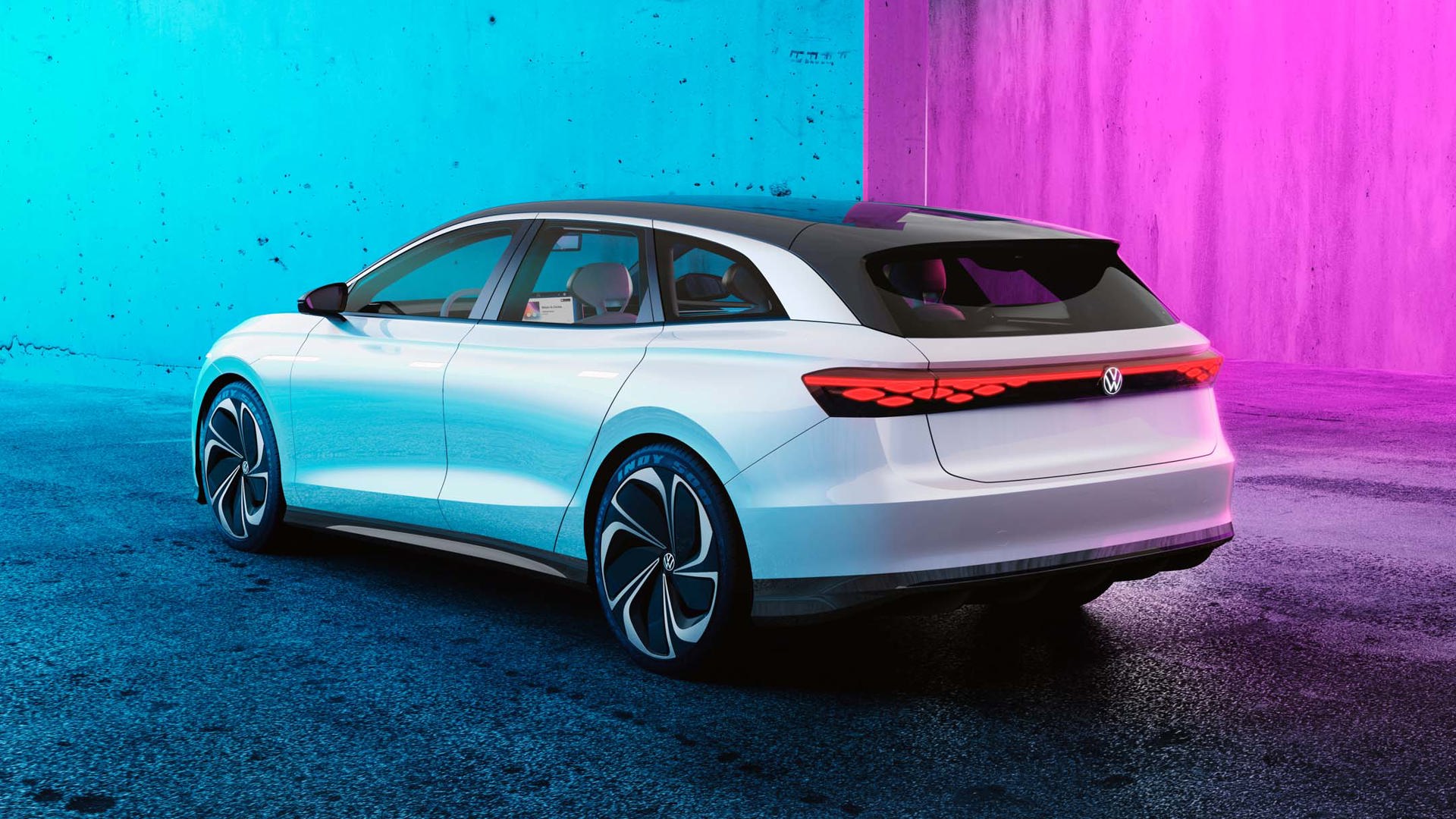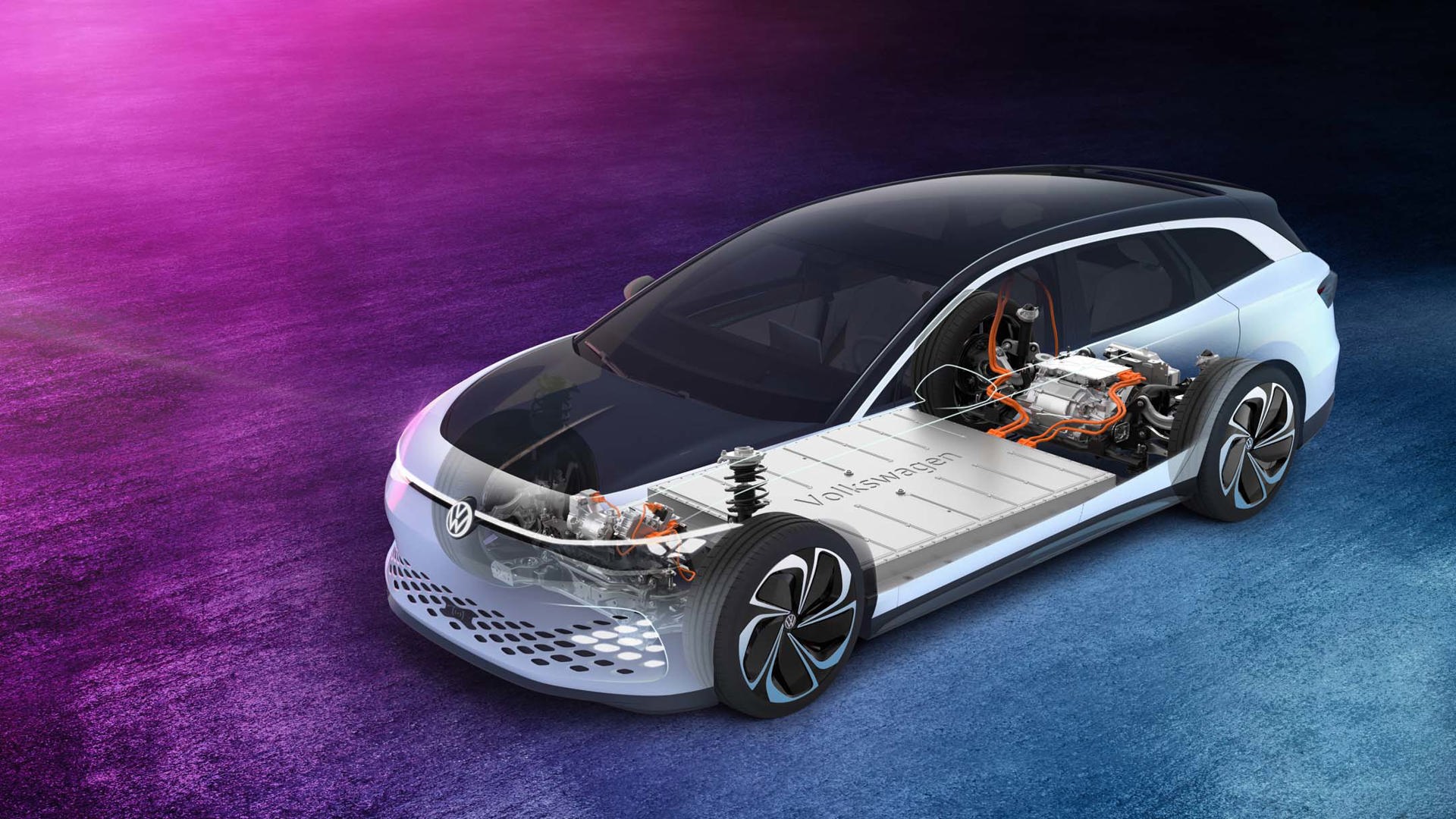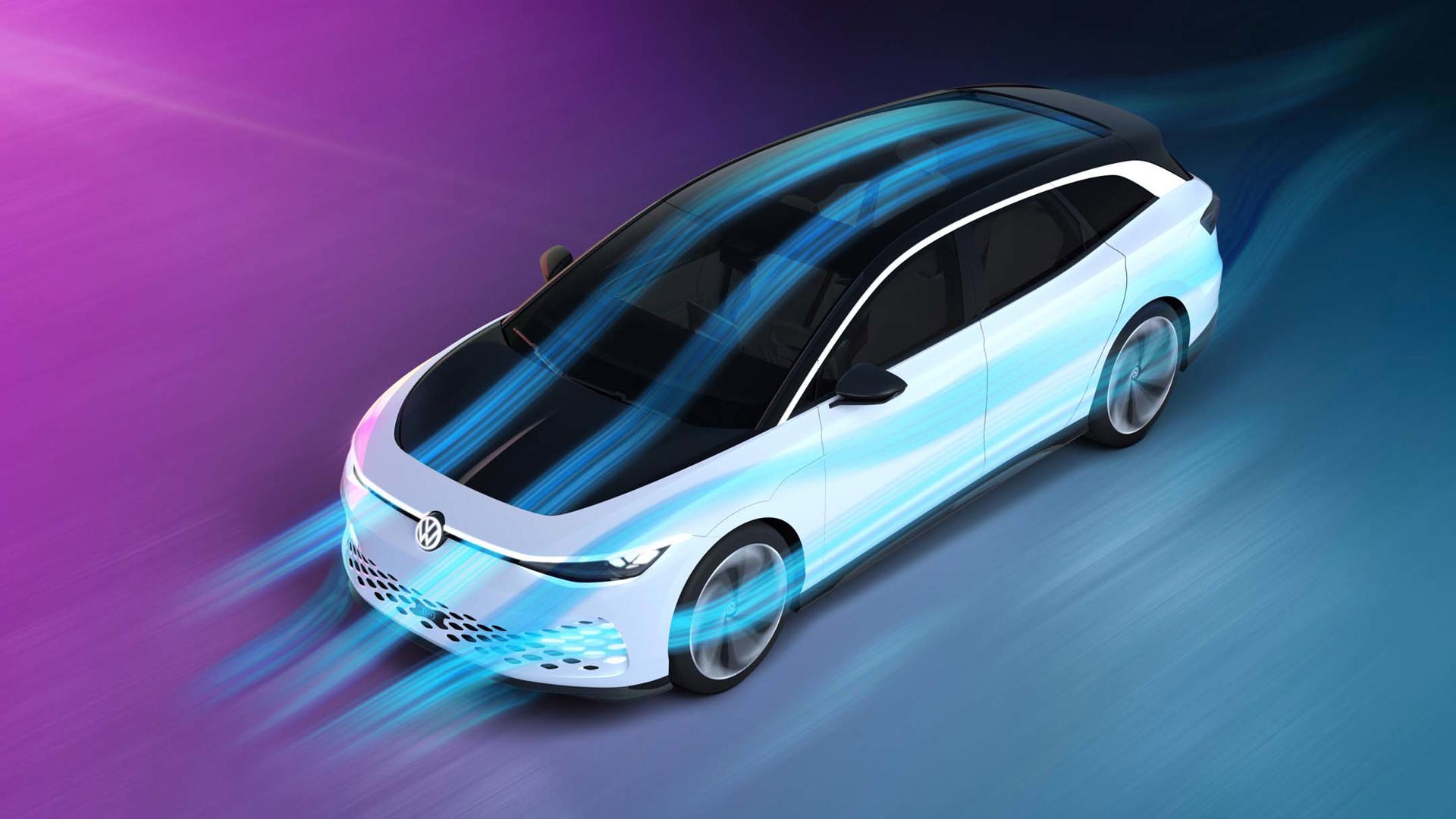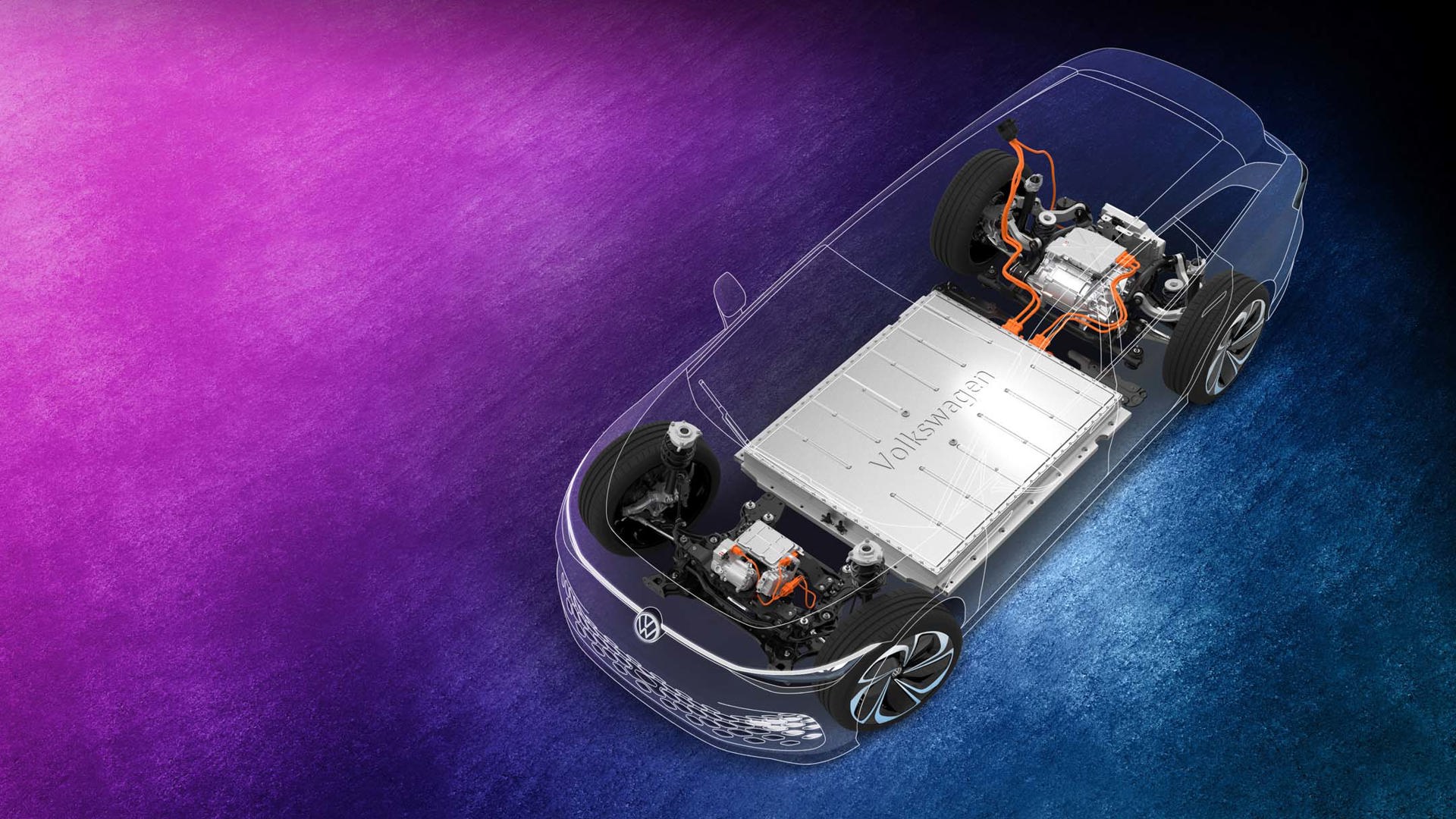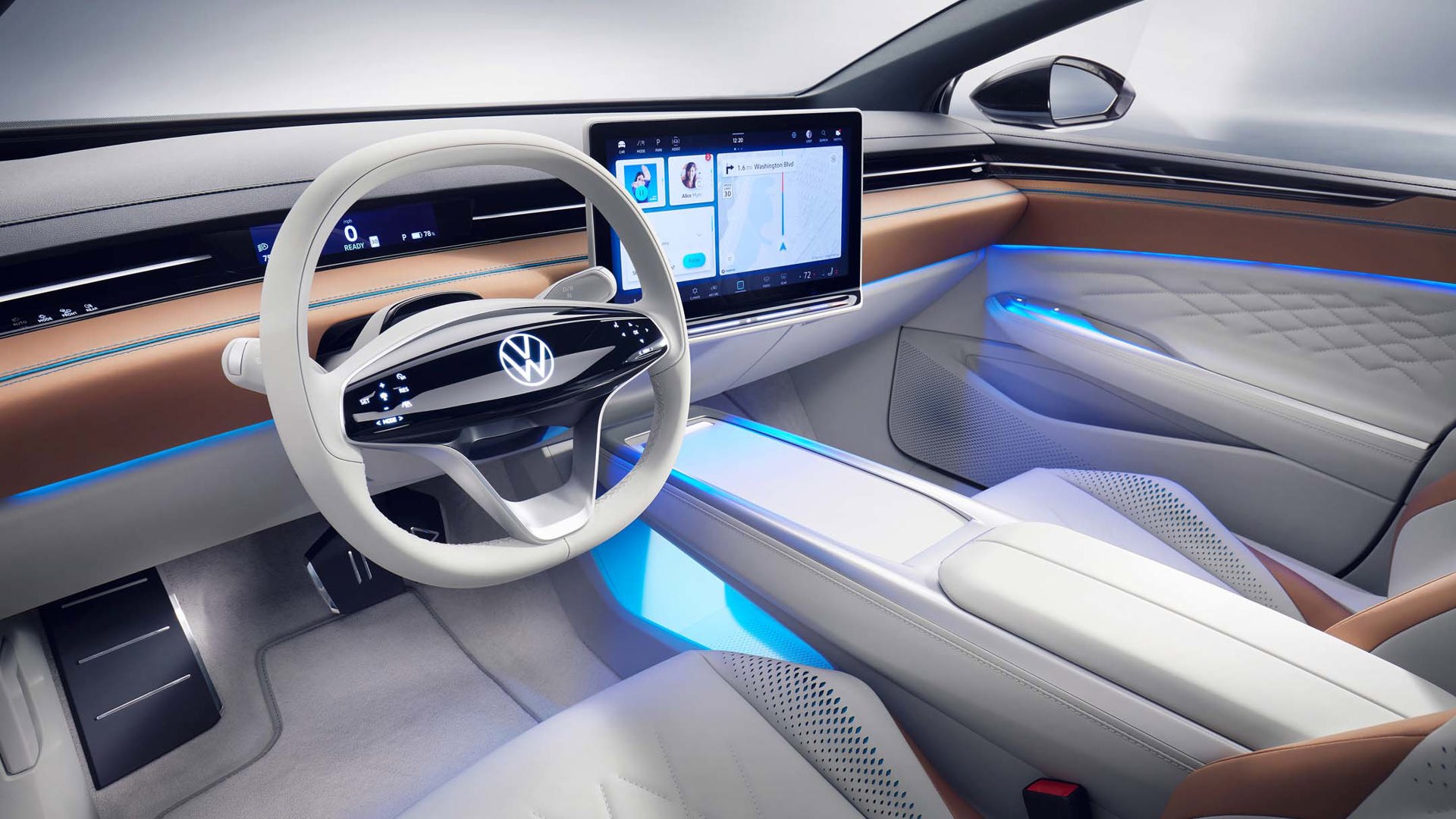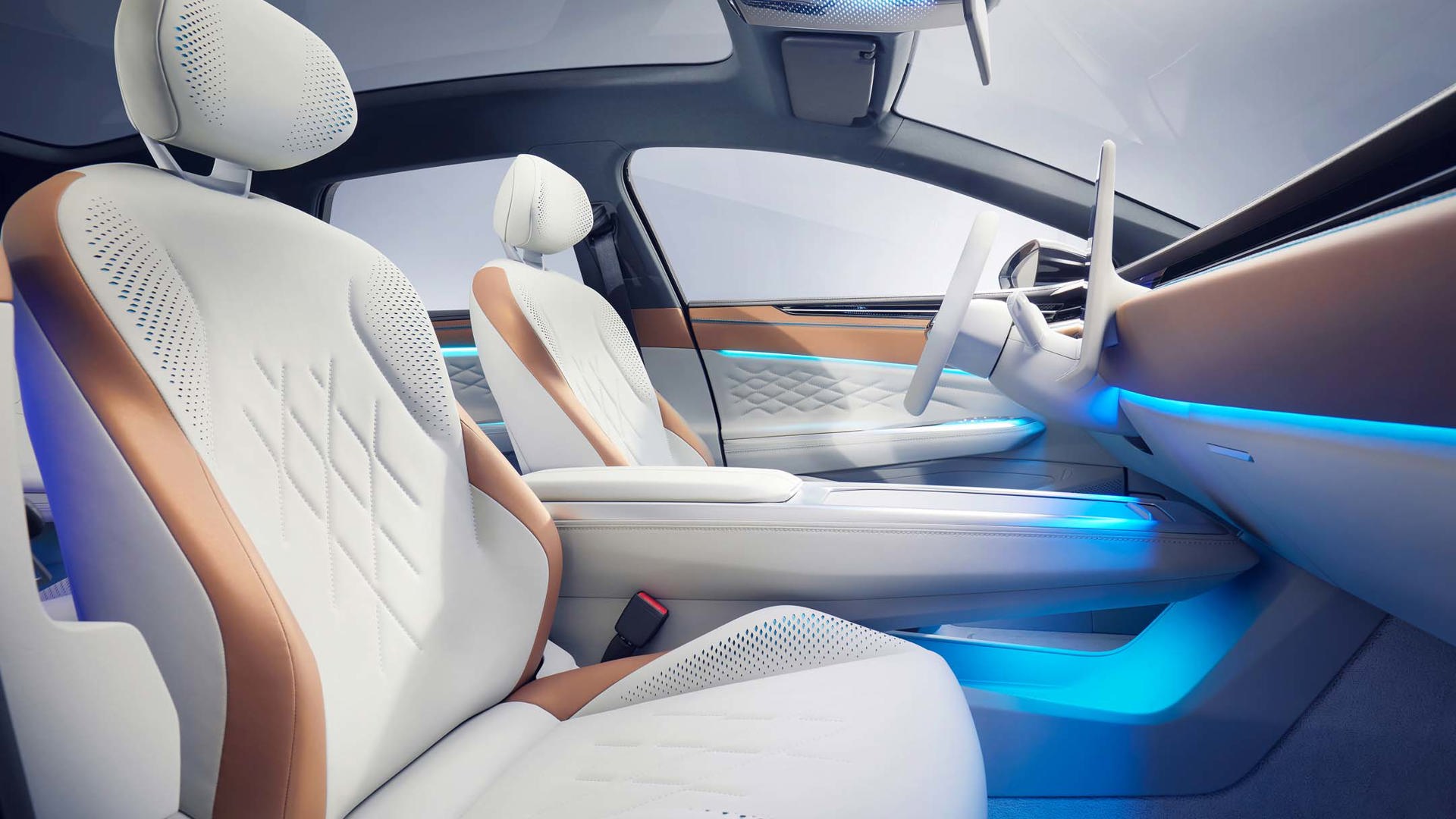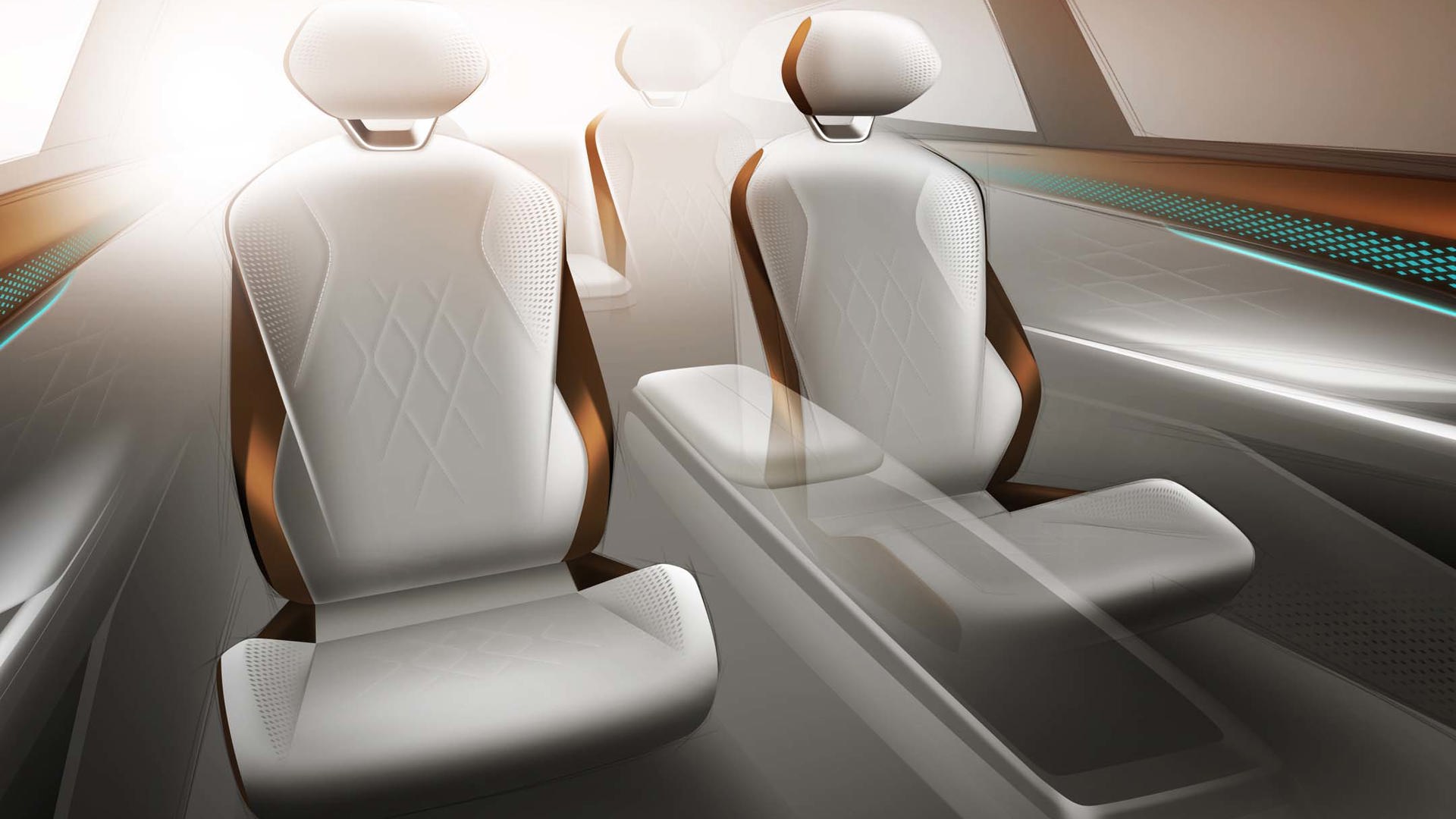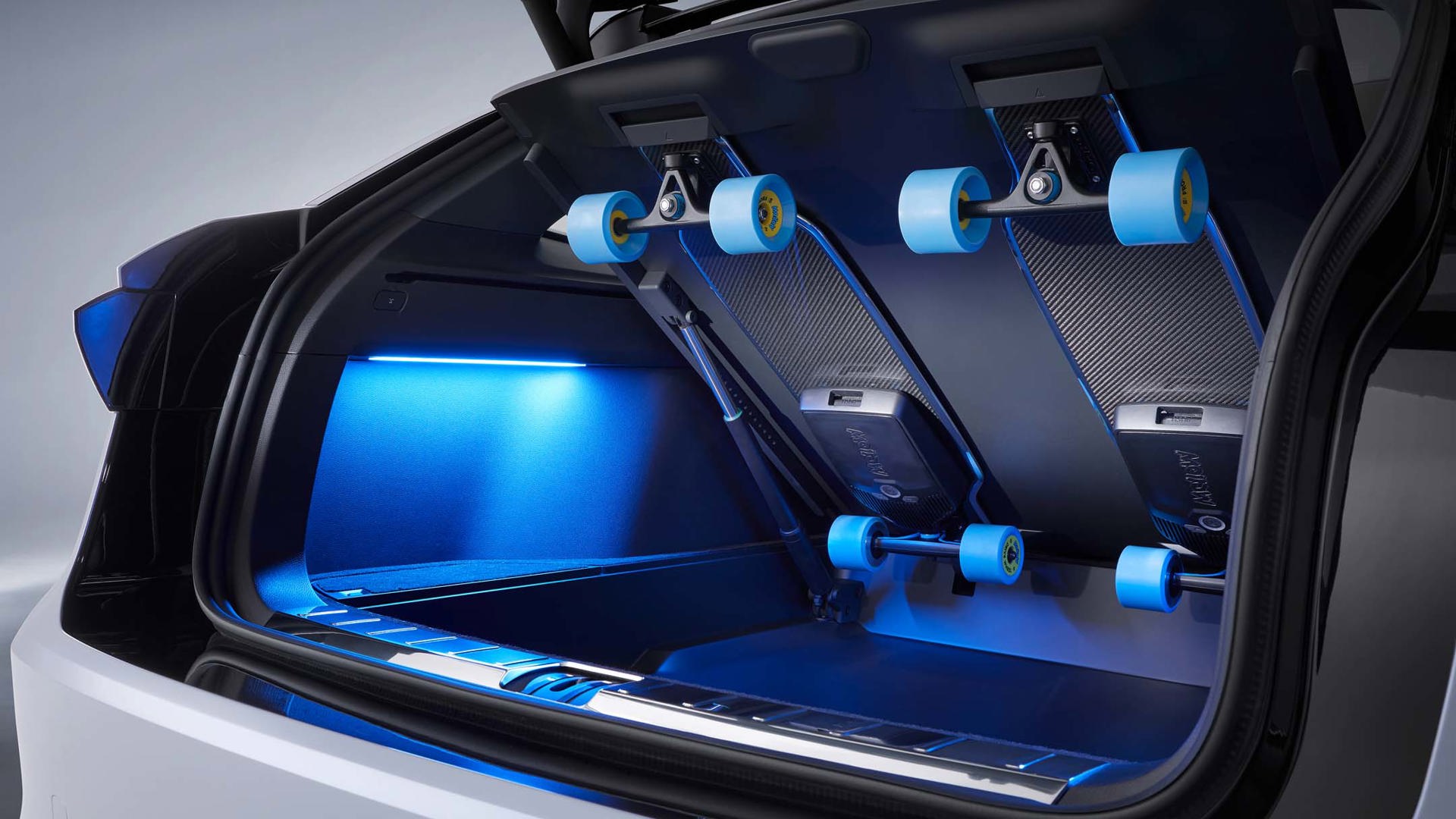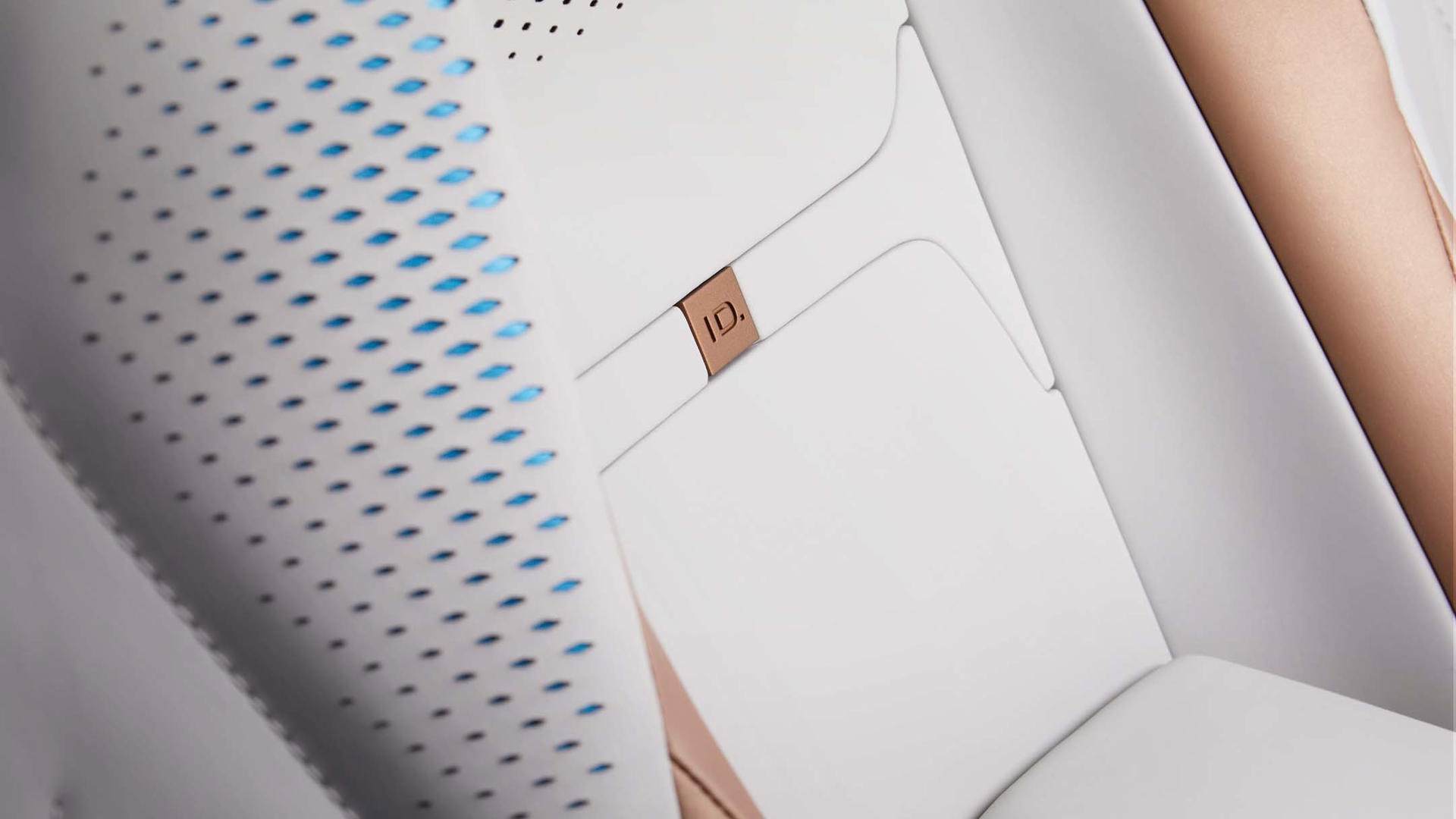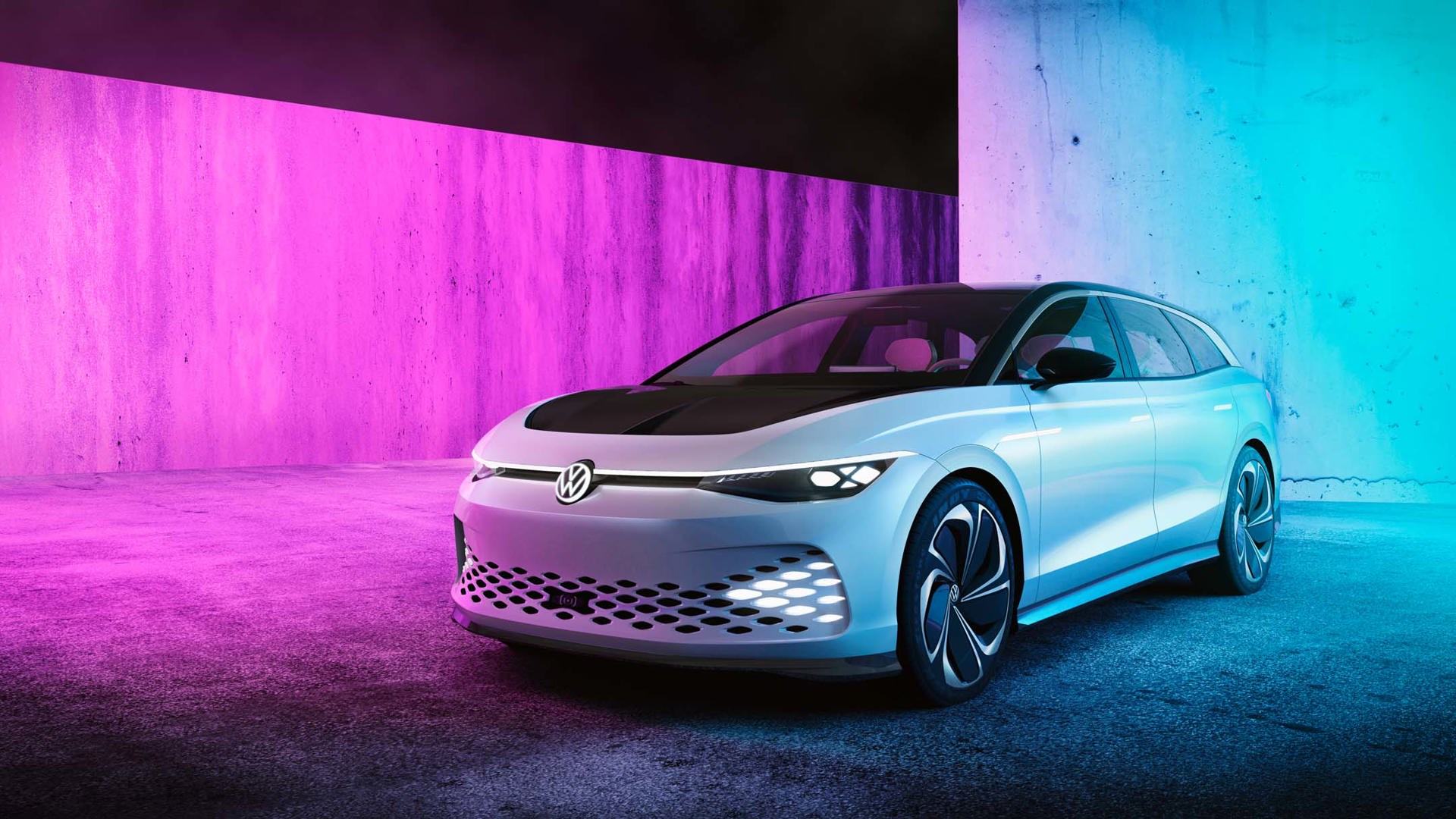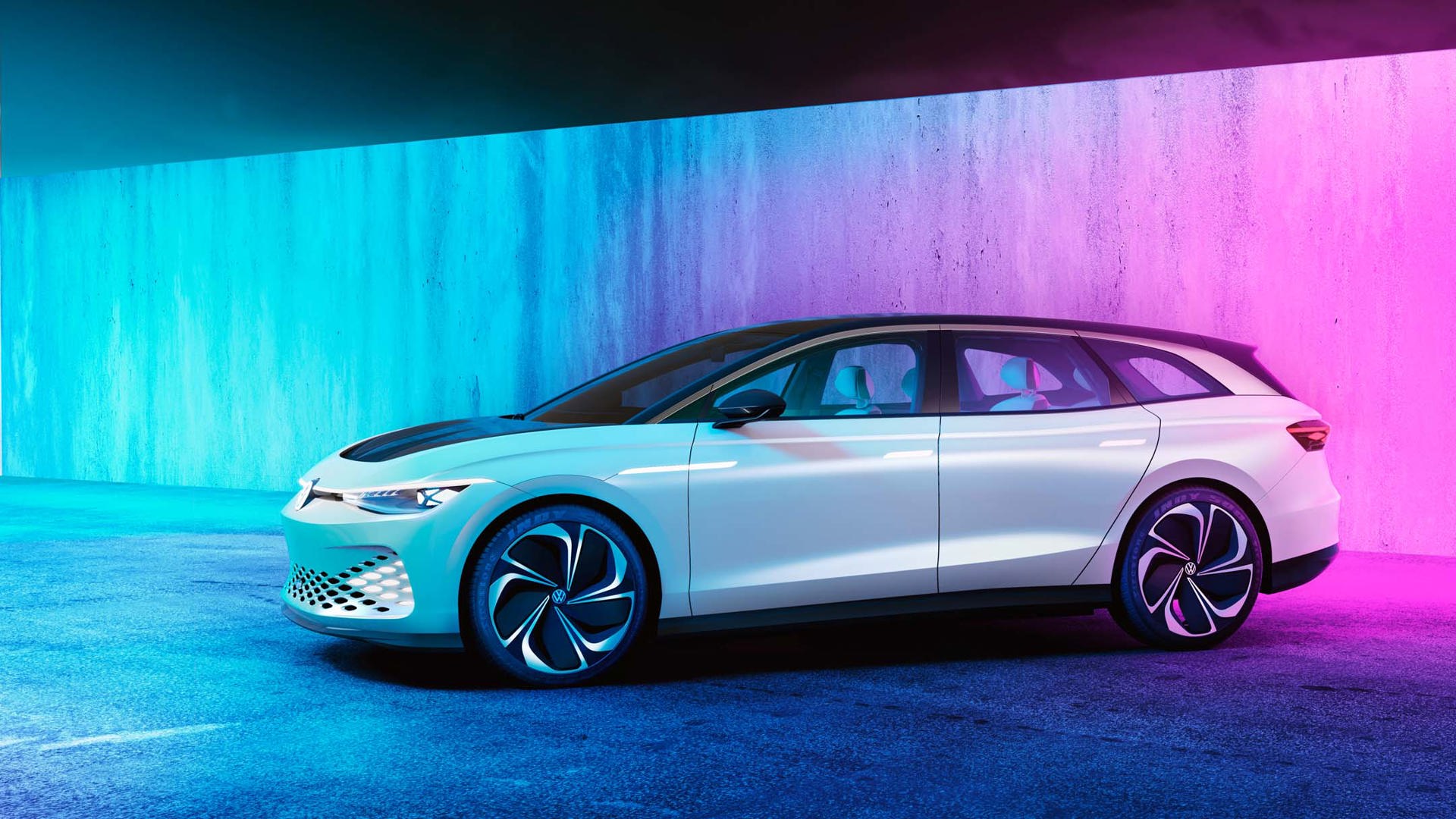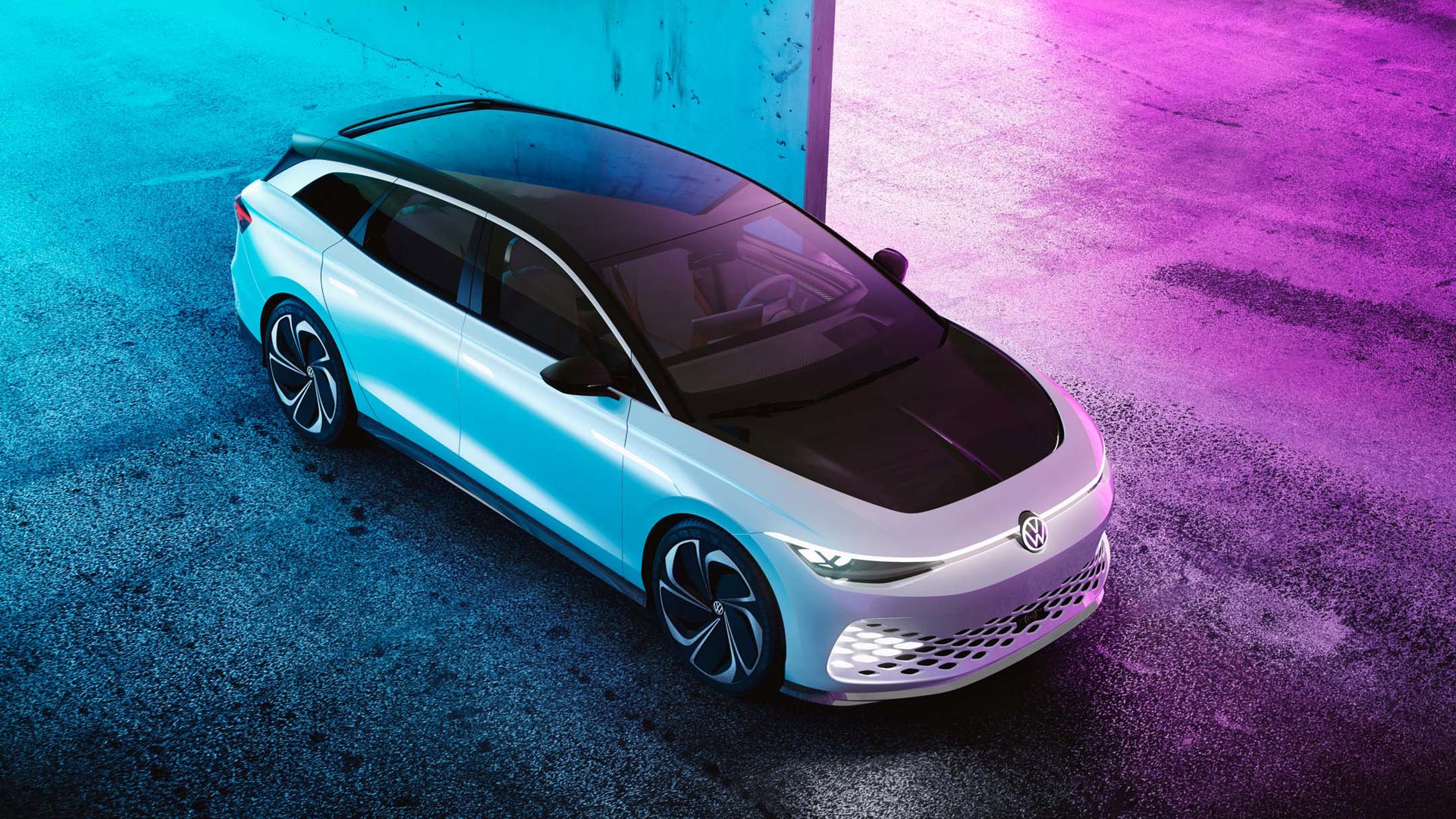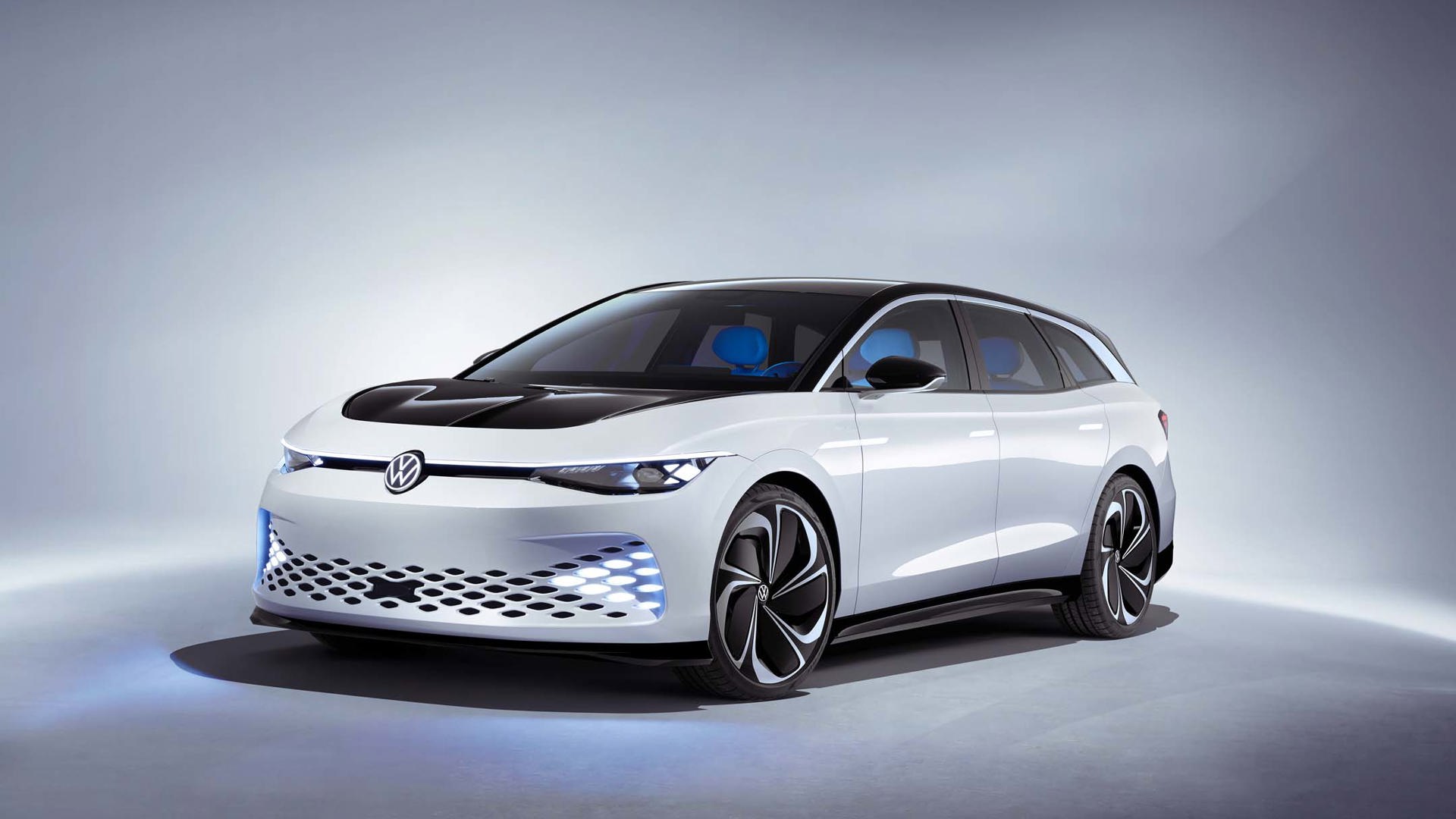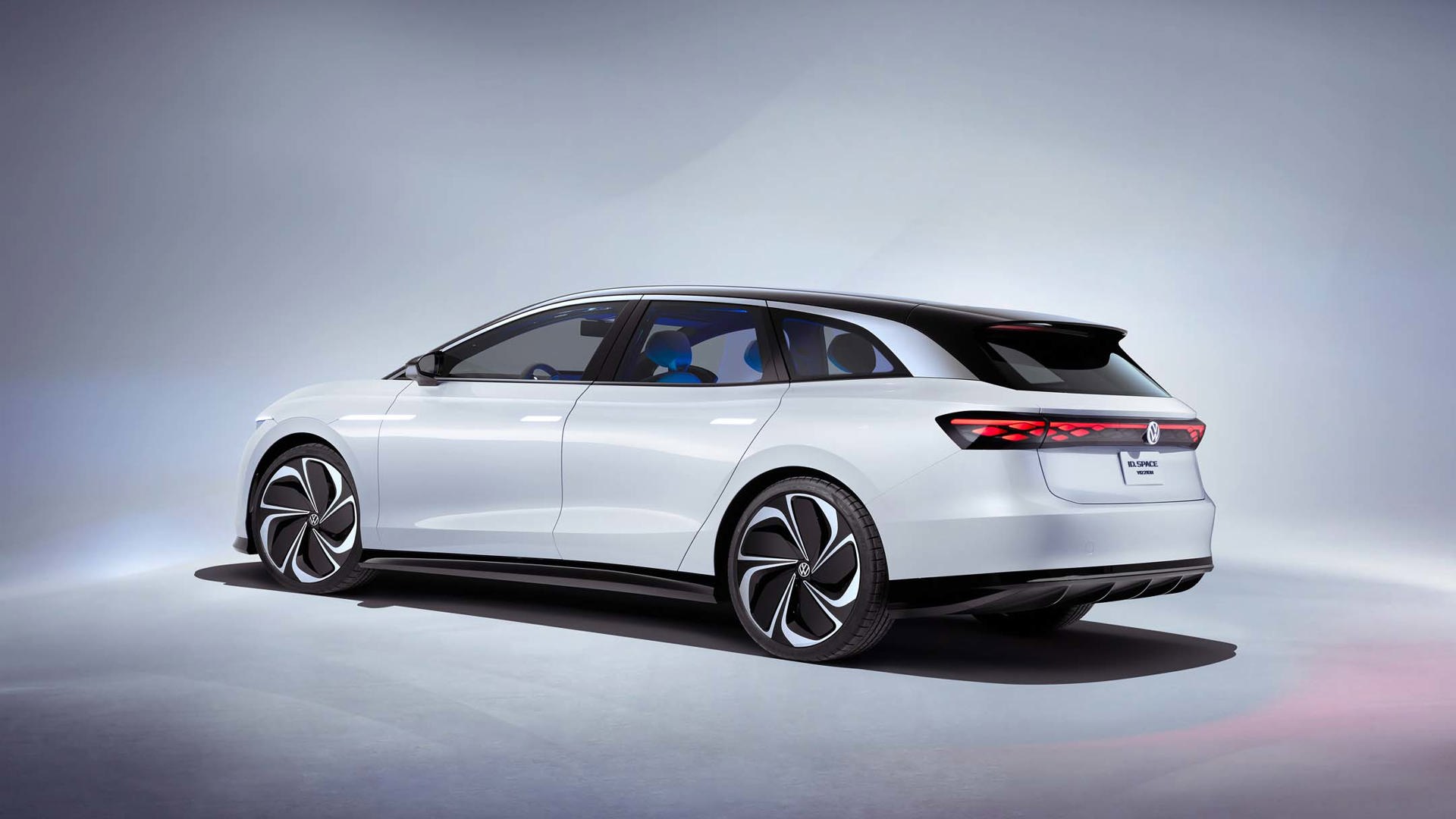North American car buyers don’t like wagons.
That’s according to Volkswagen, which said so this summer when announcing plans to end production of the SportWagen and Alltrack versions of its Golf compact – though it clearly didn’t consult with sister brands Porsche and Audi, the former of which offers a gorgeous long-roof version of its Panamera, and the latter which is adding two such variants of the A6 to its lineup here for a total of three wagons wearing the four rings.
But the thing is, VW’s not wrong. Sales of traditional wagons – along with passenger cars in general – continue to spiral downward as crossovers and SUVs grow increasingly popular. In fact, according to the data, wagons currently make up less than one percent of new car sales in Canada.
That’s similar to sales of electric vehicles, though to be fair, they have seen steady-if-slow sales growth in recent years. They do, however, have a long way to go before they sync up with government regulations.
Which all begs the question: Why did Volkswagen, on the eve of the Los Angeles auto show, unveil a concept car that’s both fully electric and a wagon – a combination of two slow-selling segments?
To be fair, the ID. Space Vizzion concept is beautiful. Unlike the other umpteen ID. family concepts the brand has unveiled in recent years, this one looks about as production-ready as it gets and features flowing lines and muscular proportions. According to VW, the ID. Space Vizzion “combines the aerodynamic design of a Gran Turismo with the spaciousness and versatility of an SUV.” In other words, it’s a wagon.
In the magical world of concept vehicles, it also boasts a claimed driving range of nearly 500 km, close to what’s offered by the Tesla Model 3. The automaker said all-wheel-drive versions could conceivably sprint from a standstill to 100 km/h in about five seconds, sacrificing some driving range in the process.
It all sounds great, right? But beyond being the latest in a string of yet-to-be-built concept vehicles from Volkswagen, the ID. Space Vizzion features a powertrain that people don’t want, in a bodystyle that people don’t buy.
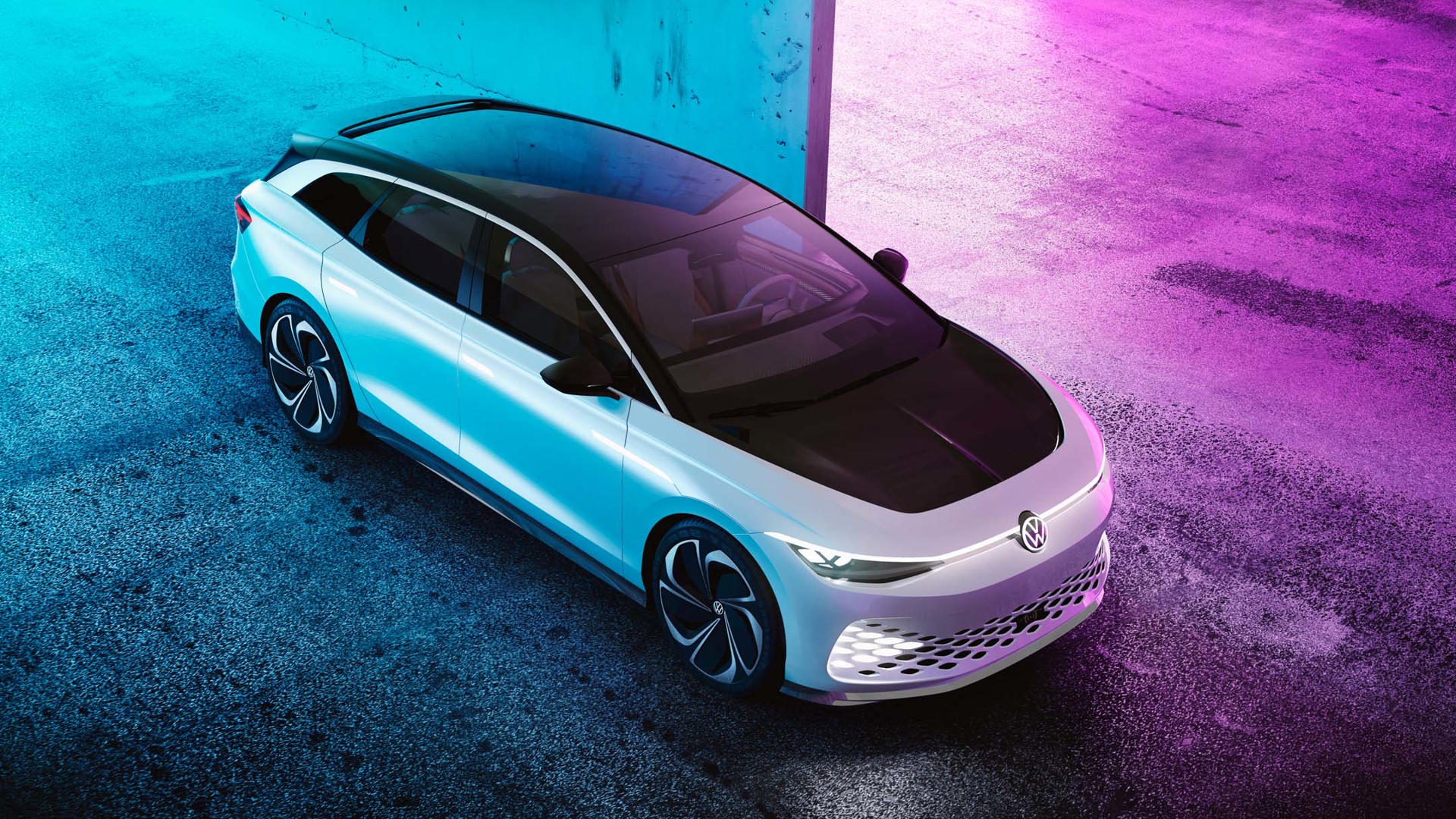
Before you call it a design exercise, North American brand boss Scott Keogh confirmed a version of it will indeed make its way into showrooms here, though he stopped short of saying what it would look like.
Automakers for years have taken the “If you build it, they will come” approach to electric vehicles, with rather limited success. Battery electric vehicles (BEVs) – those powered purely by electrons – make up a tiny portion of car sales in this country, with only about 22,500 sold in Canada in 2018, according to Electric Mobility Canada's Al Cormier. Compare that figure to the overall auto market here, which again eclipsed the two-million mark last year.
The glass half-full outlook is that sales of fully-electric vehicles increased almost tenfold between 2013 and 2018, according to FleetCarma, which crunches EV sales numbers in Canada on a quarterly basis. The more pessimistic among us, myself included, view this figure as a sign of the failure for these vehicles to catch the attention of an apprehensive buying public. And part of that probably comes down to bodystyle.
Yes, wagons and sedans are aerodynamic and sleek – characteristics that help with efficiency and, in turn, range. But not every electric car can garner the cult-like following of Tesla’s sedans, which are more status symbols than anything else. Plain and simple, people prefer bigger and burlier vehicles these days.
Car sales are challenged as consumers turn to crossovers and SUVs, and brands like VW would be wise to get their EV development teams on the same page as the rest of the business in order to avoid being left behind. Ford, it seems, took the hint, following up on plans to stop selling passenger car sales in North America with the introduction of an all-electric crossover that’s also sleek and stylish.
Volkswagen plans to do the same, with Keogh, the brand’s North American president and chief executive, confirming that an electric crossover based on its ID. Crozz concept will be shown sometime next year. Whether it will sell the way the brand surely hopes remains to be seen, but one thing’s for sure: It’s no wagon – and that’s A-OK with buyers here.
